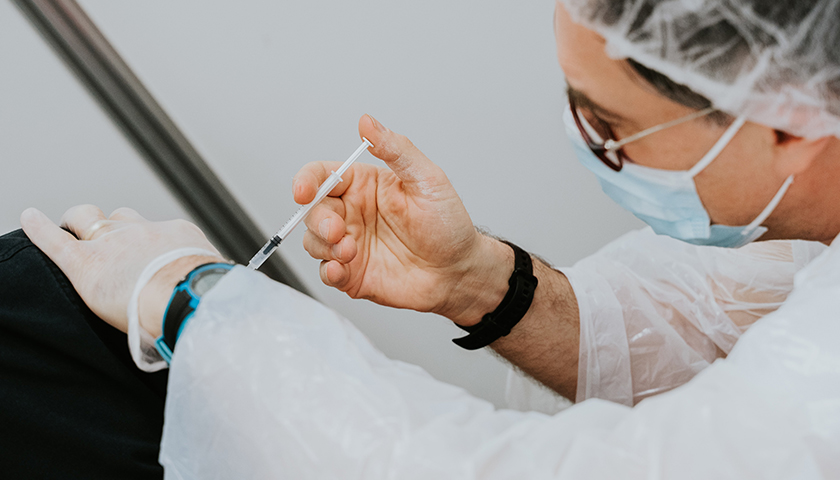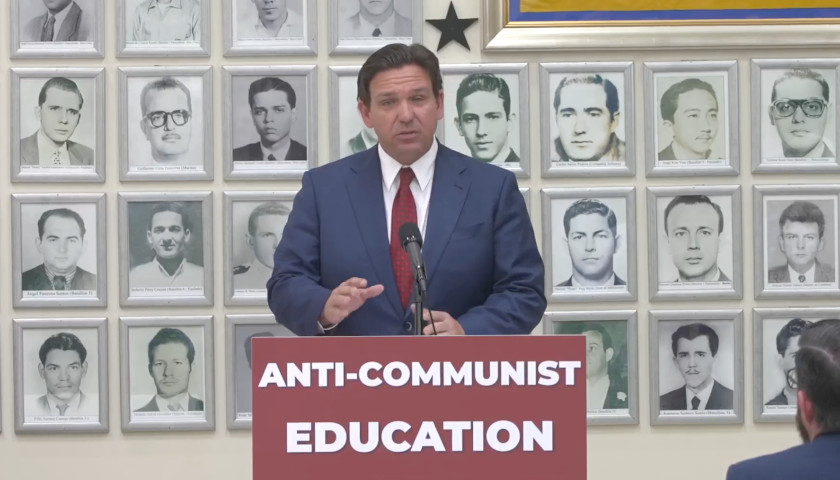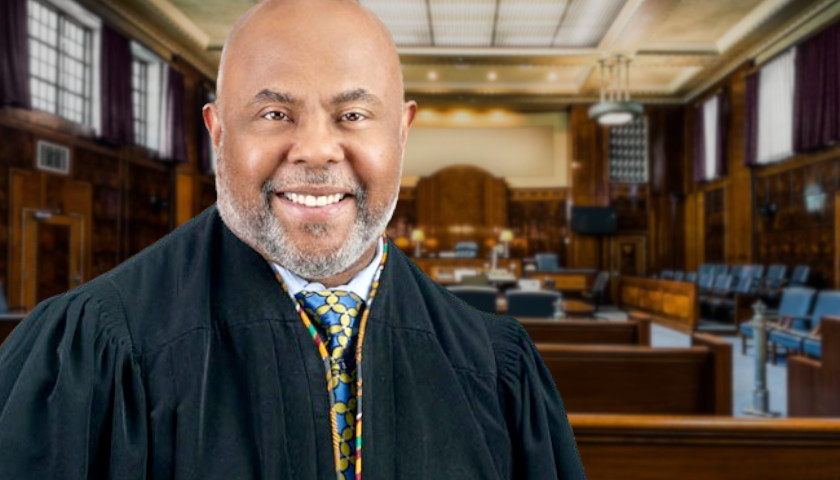by J.D. Davidson
Ohio plans to spend more federal tax dollars to convince more people to get the COVID-19 vaccine.
Gov. Mike DeWine recently announced the state plans to pay $100 to each state employee for getting the vaccine. Their spouses would receive $25.
For spouses and employees enrolled in the state medical plan, the money will come from funds dedicated to state employee health and wellness, which is funded through state employee payroll deductions and state agency contributions. For those not enrolled, the state will use coronavirus relief funds. That is a small number of employees, according to Molly O’Reilly McGhee, public information officer for the Administrative Support Division.
O’Reilly McGhee said the state estimates spending roughly $1.8 million for the program.
“State employees and their spouses are encouraged to protect themselves, their families, and their communities by getting a COVID-19 vaccination,” DeWine said in a news release. “Vaccines are the most effective strategy at stopping the spread of COVID-19 and preventing serious illness. I urge all Ohio employers to encourage their employees to get vaccinated, whether that’s through financial incentives, paid leave programs, or other incentives.”
It’s the second vaccine incentive program DeWine has established. He led the vaccine incentive efforts earlier this year when he began the state’s Vax-a-Million lottery program, which gave away $5 million of federal tax dollars to five $1 million winners, along with five full college scholarships.
That program showed an initial boost in vaccinations, but a recent study said the program did little to increase overall vaccine numbers in the state.
The study, conducted by the Boston University School of Medicine using information from the Centers for Disease Control and Prevention, concluded reports that the state’s Vax-a-Million lottery program increased rates failed to factor in vaccinations expanded to ages 12-15.
State officials had said vaccination rates received a boost when the lottery was announced. The study, however, said the boost came from expanding age groups eligible for the vaccine.
Ohio continues to have one of the lowest vaccination rates in the country, with only about 46% of the population finishing the vaccination process, according to the Ohio Department of Public Health.
At the same time, new cases continue to rise in the state. The average daily number of cases over a seven-day period in mid-July stood at nearly 320. At the beginning of this week, that number stood at almost 875.
– – –
An Ohio native, J.D. Davidson is a veteran journalist with more than 30 years of experience in newspapers in Ohio, Georgia, Alabama and Texas. He has served as a reporter, editor, managing editor and publisher. He is regional editor for The Center Square.








